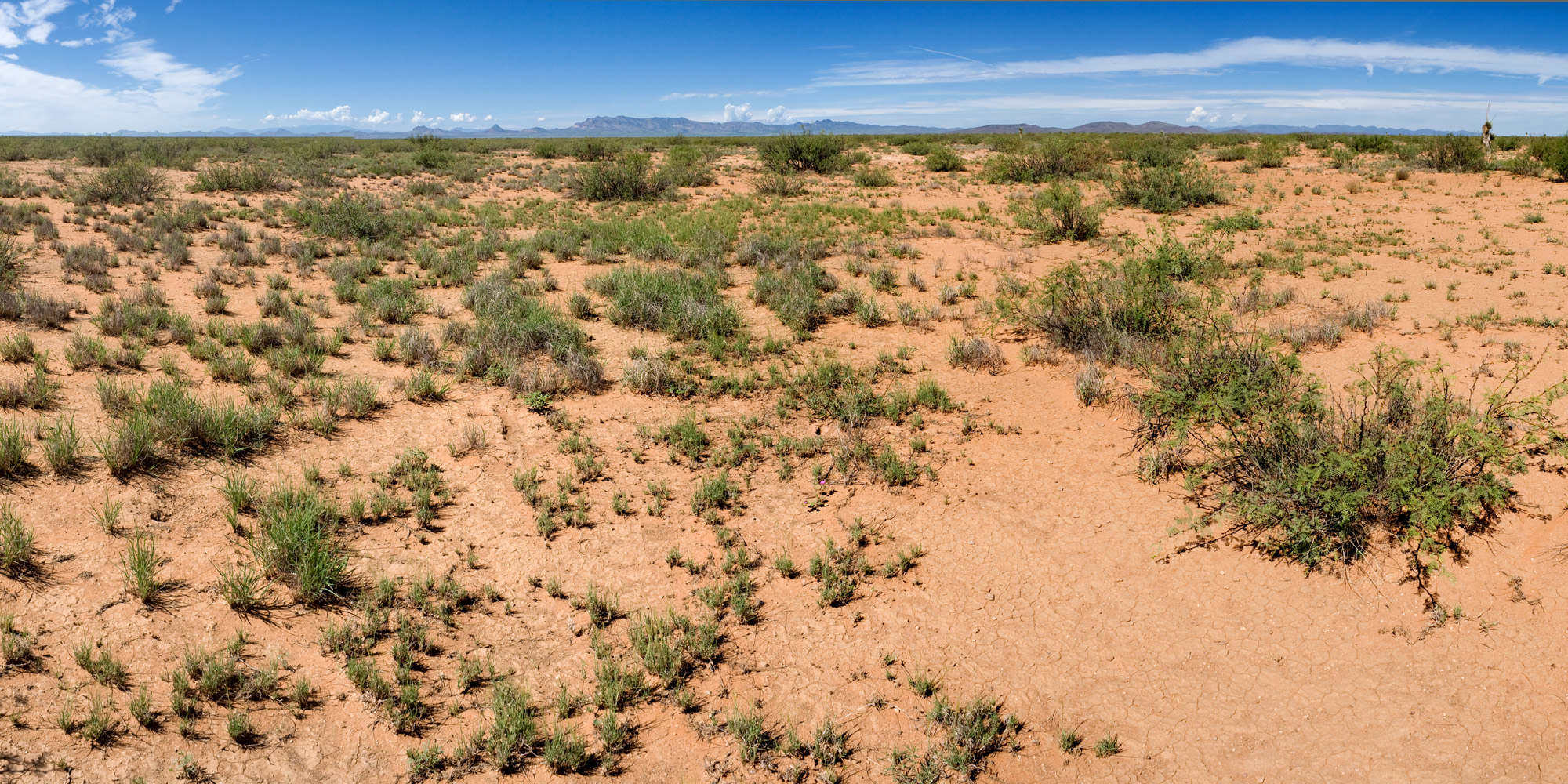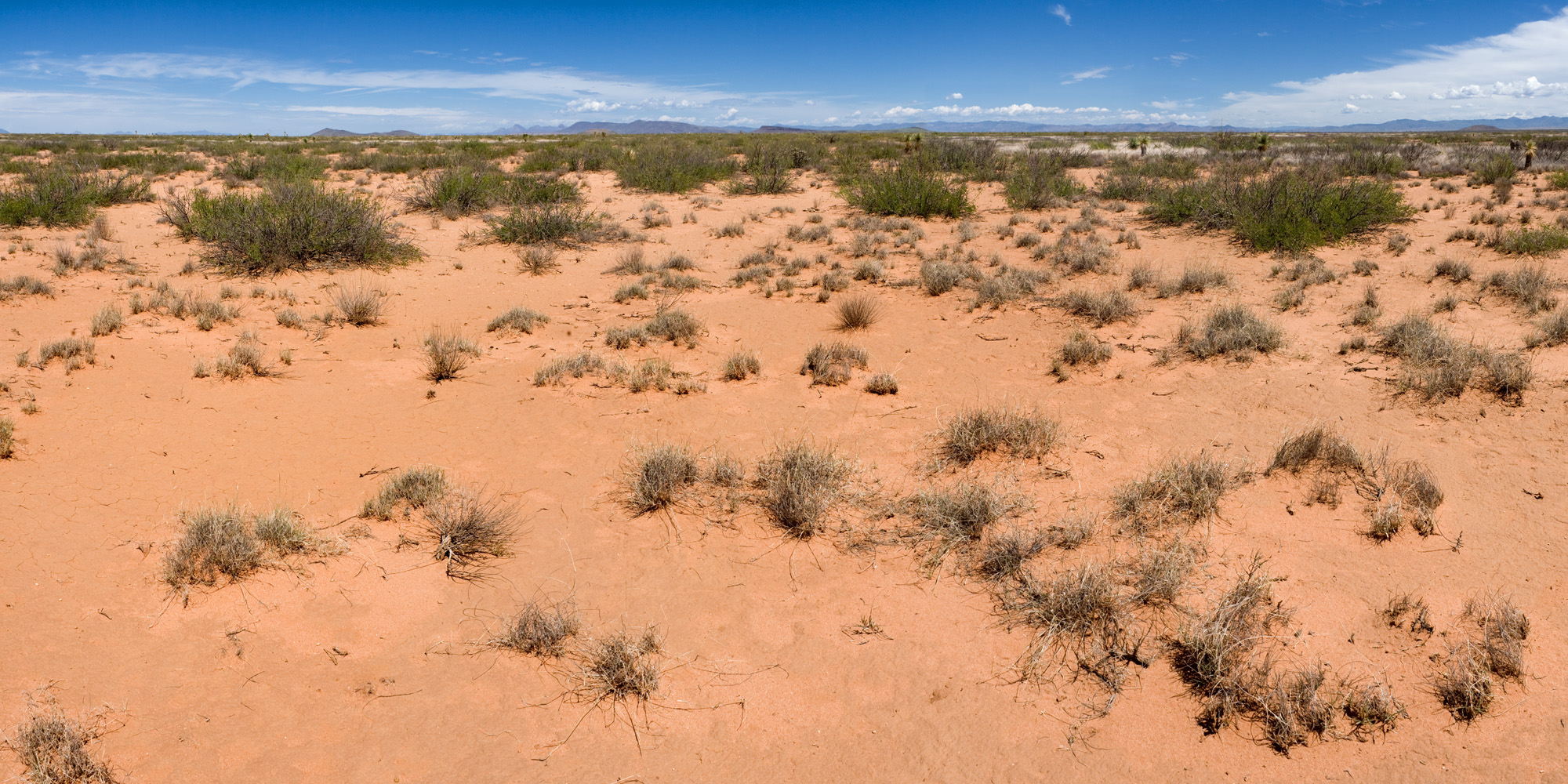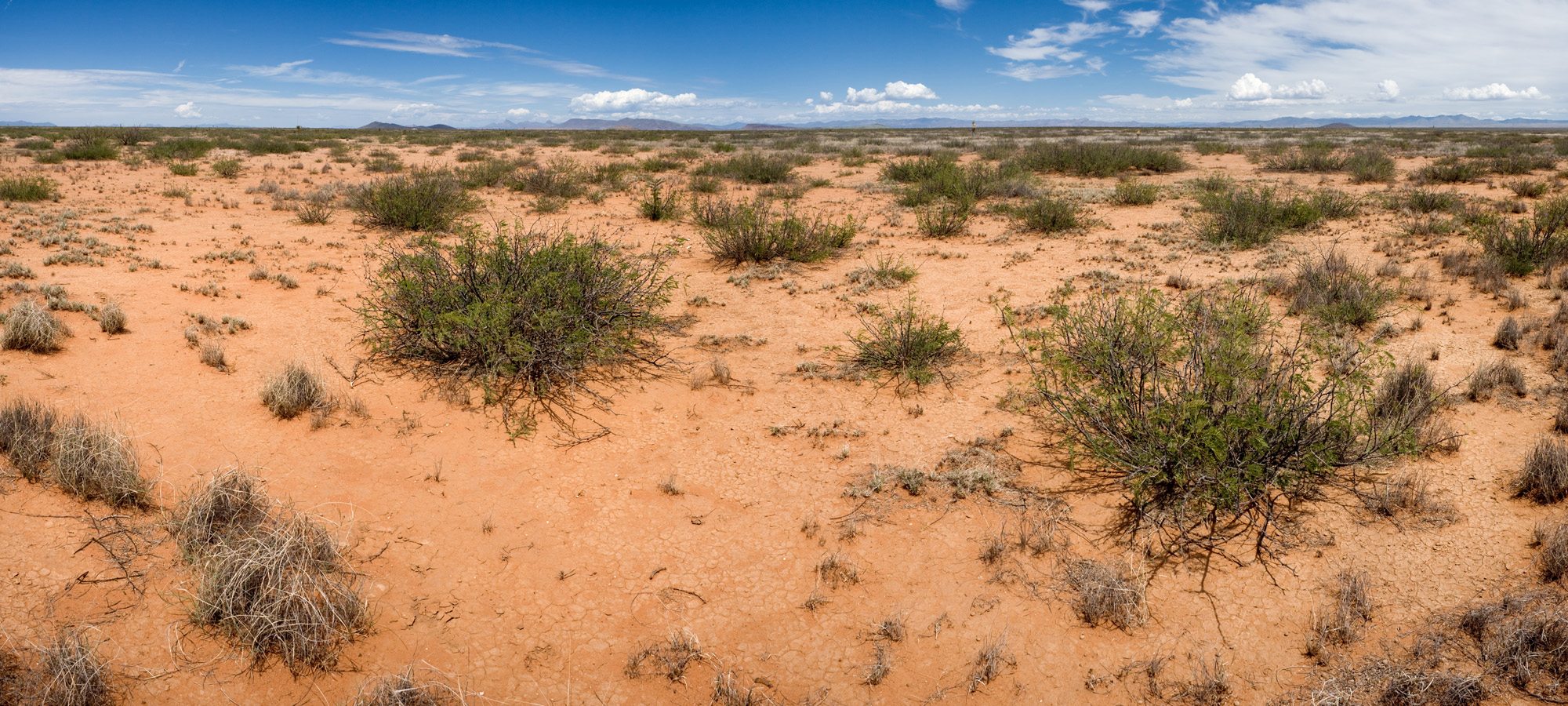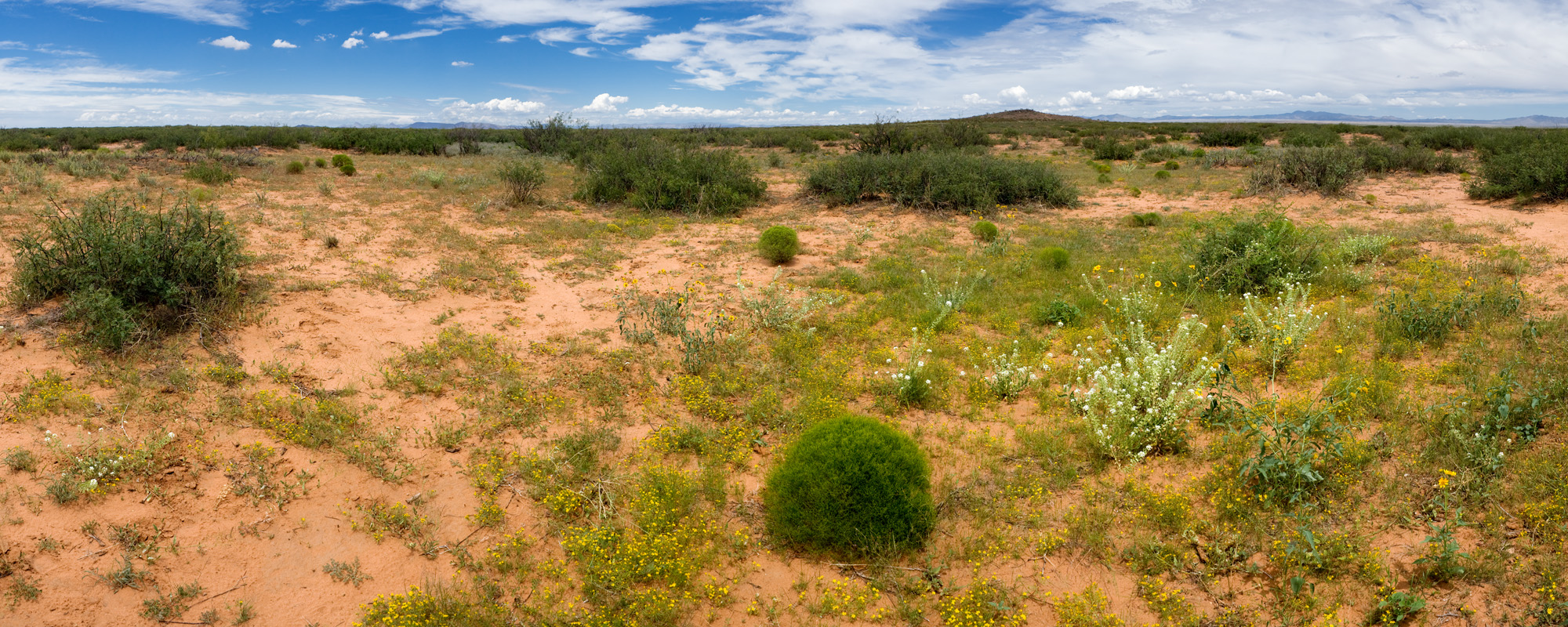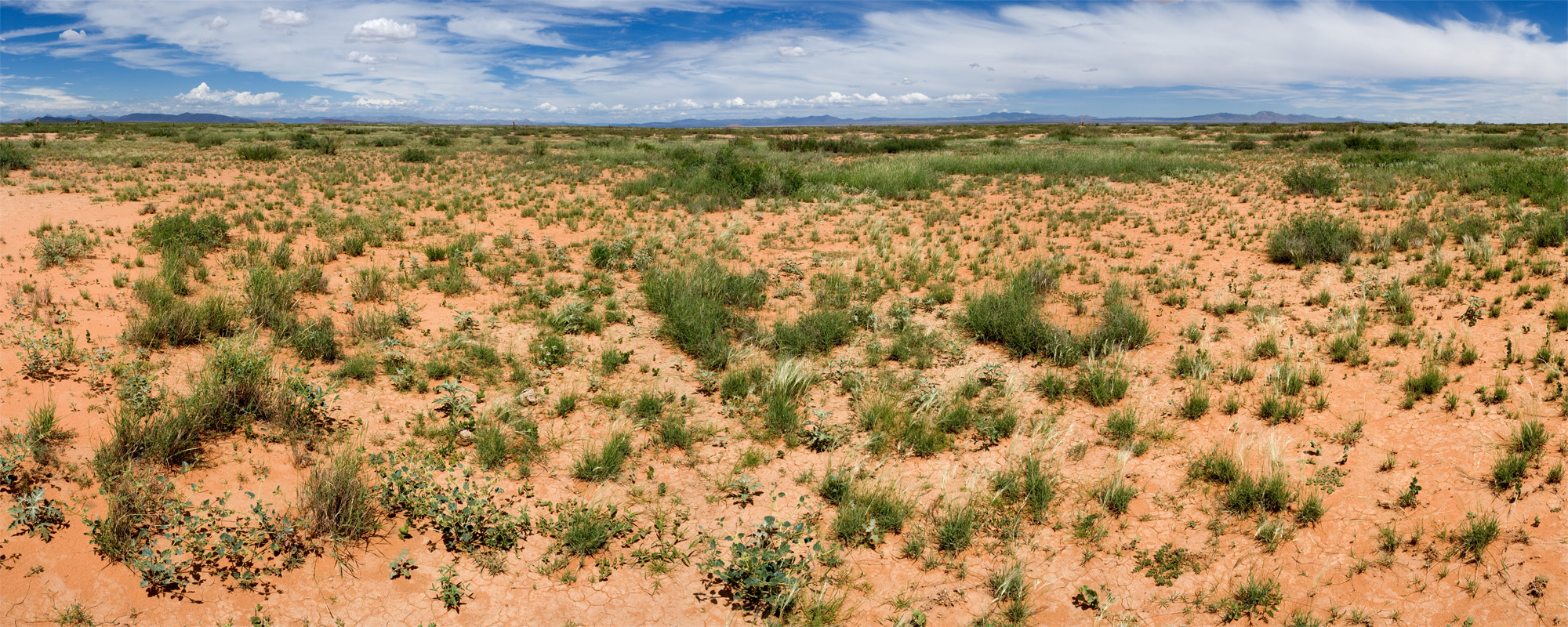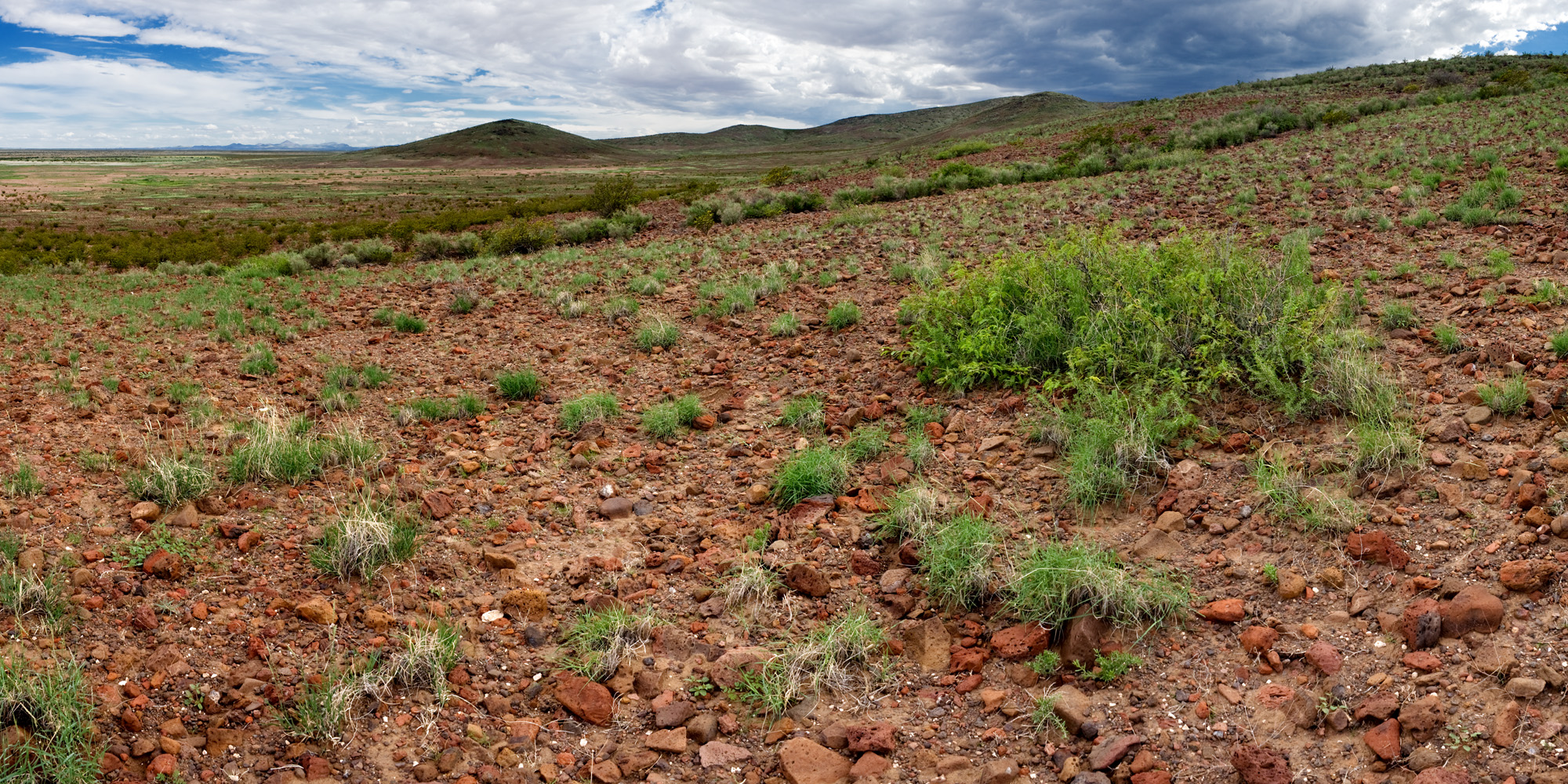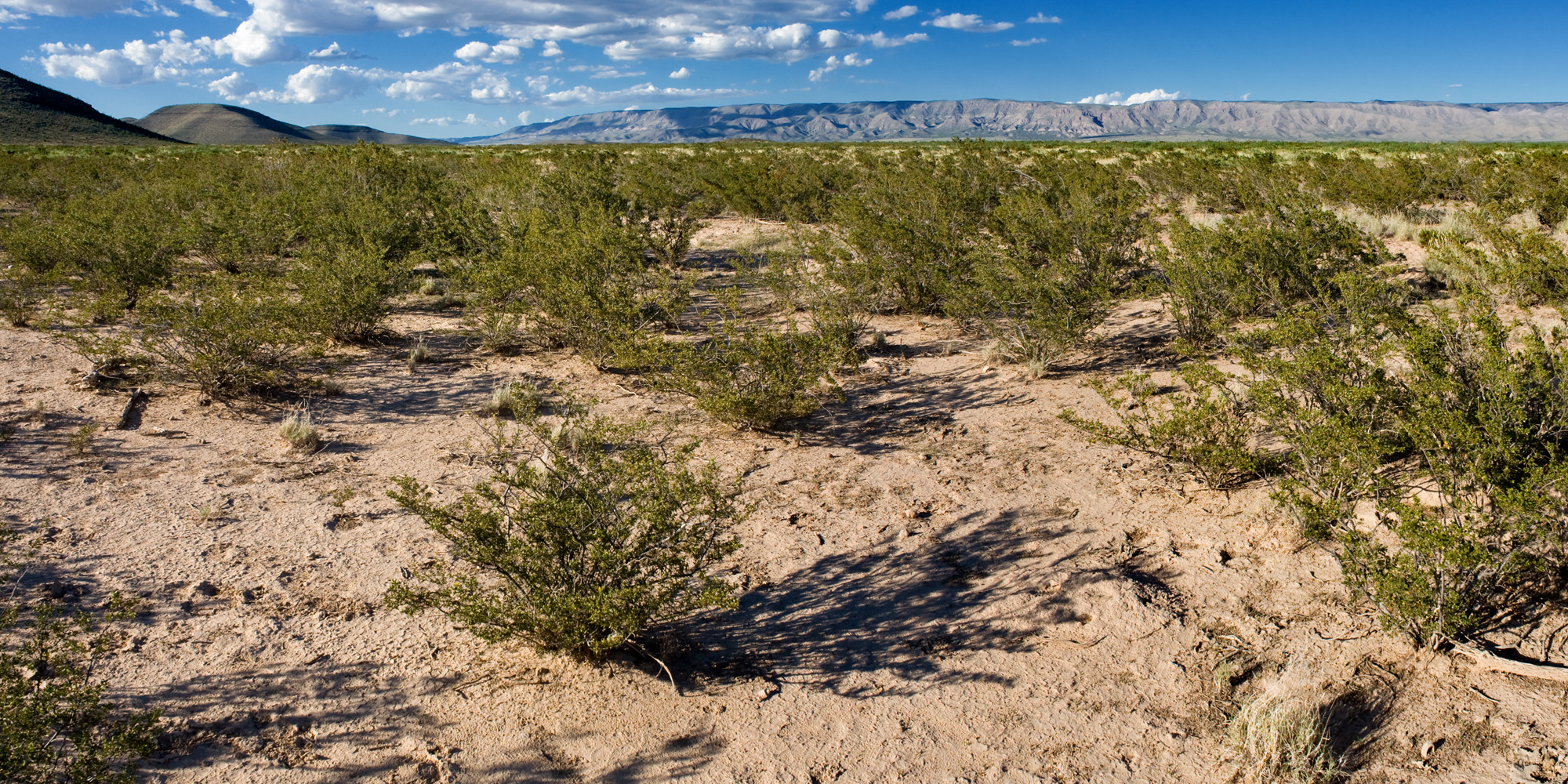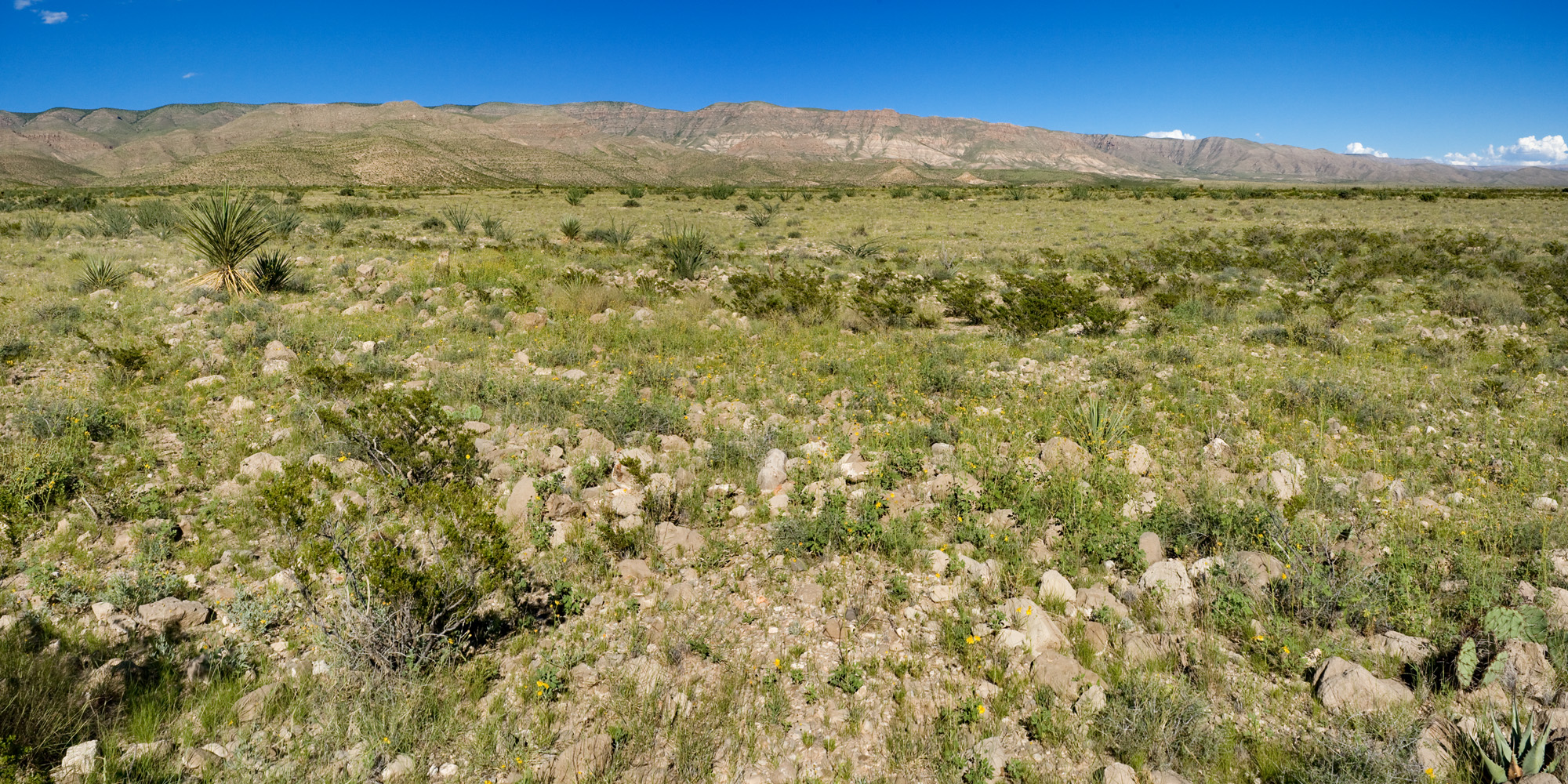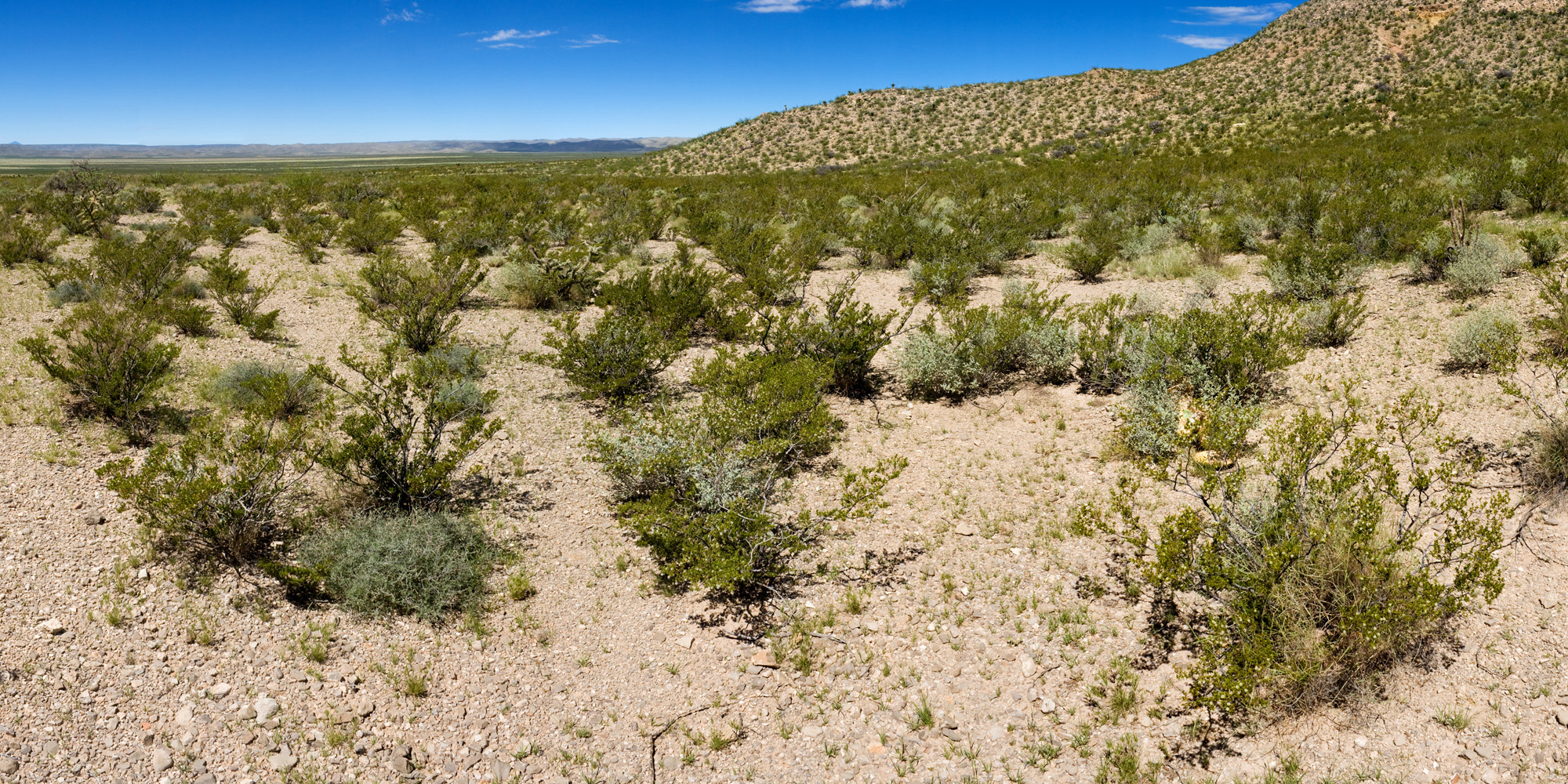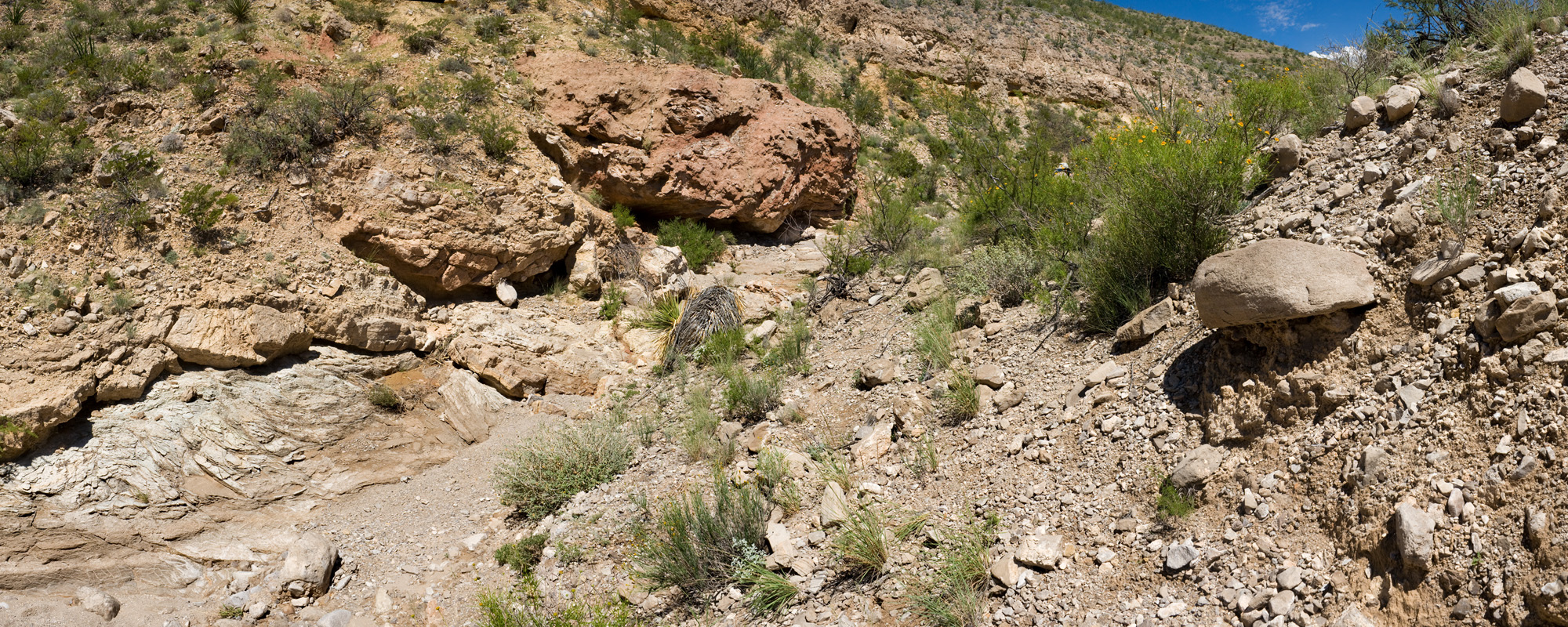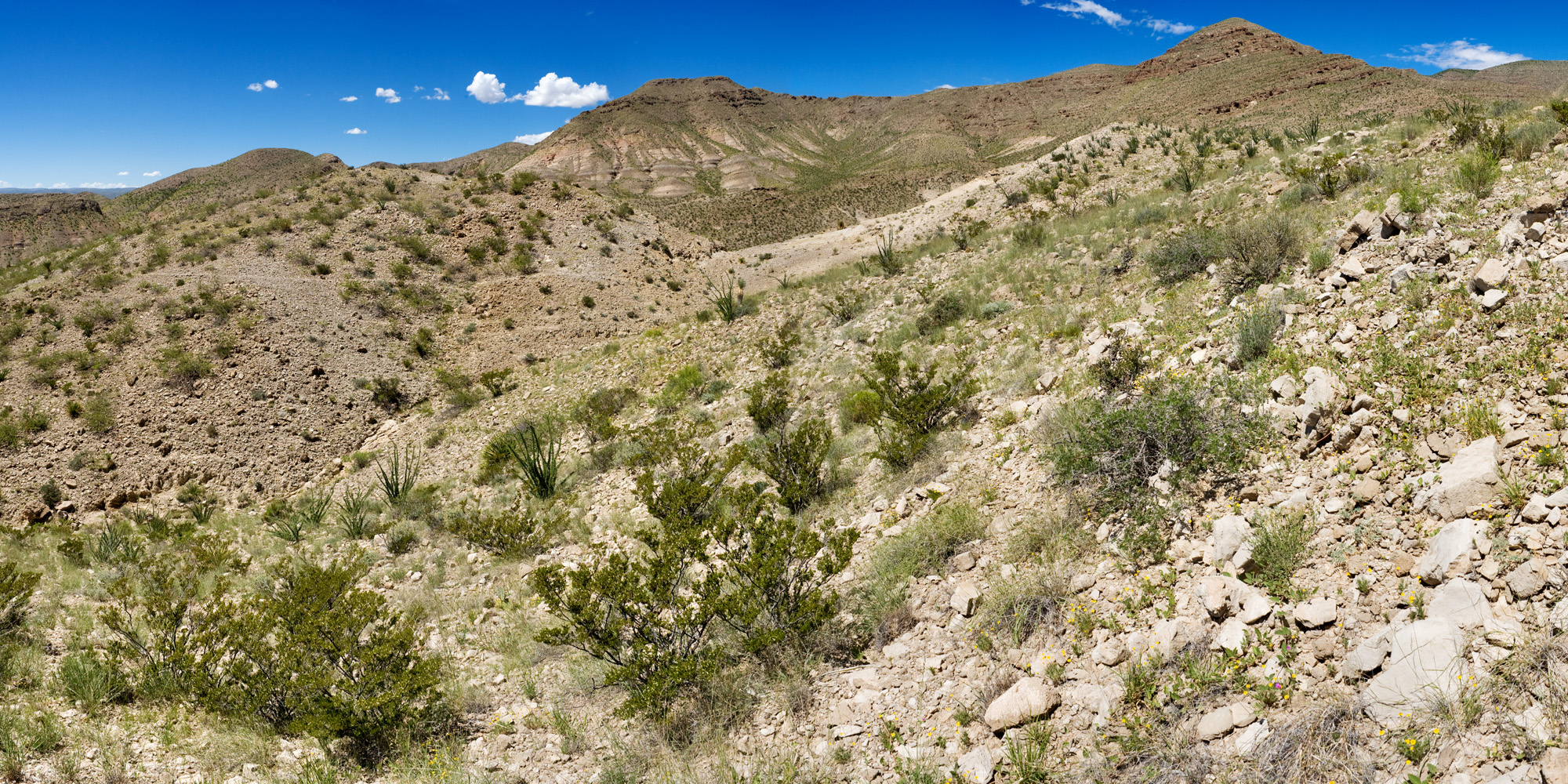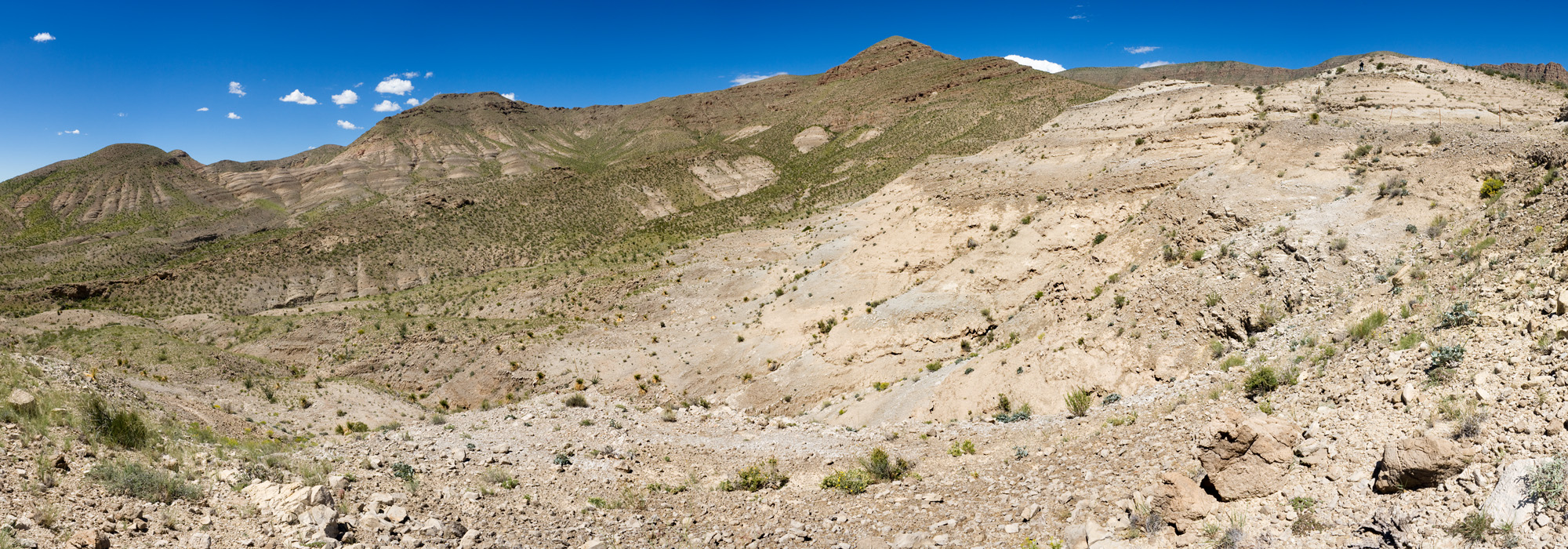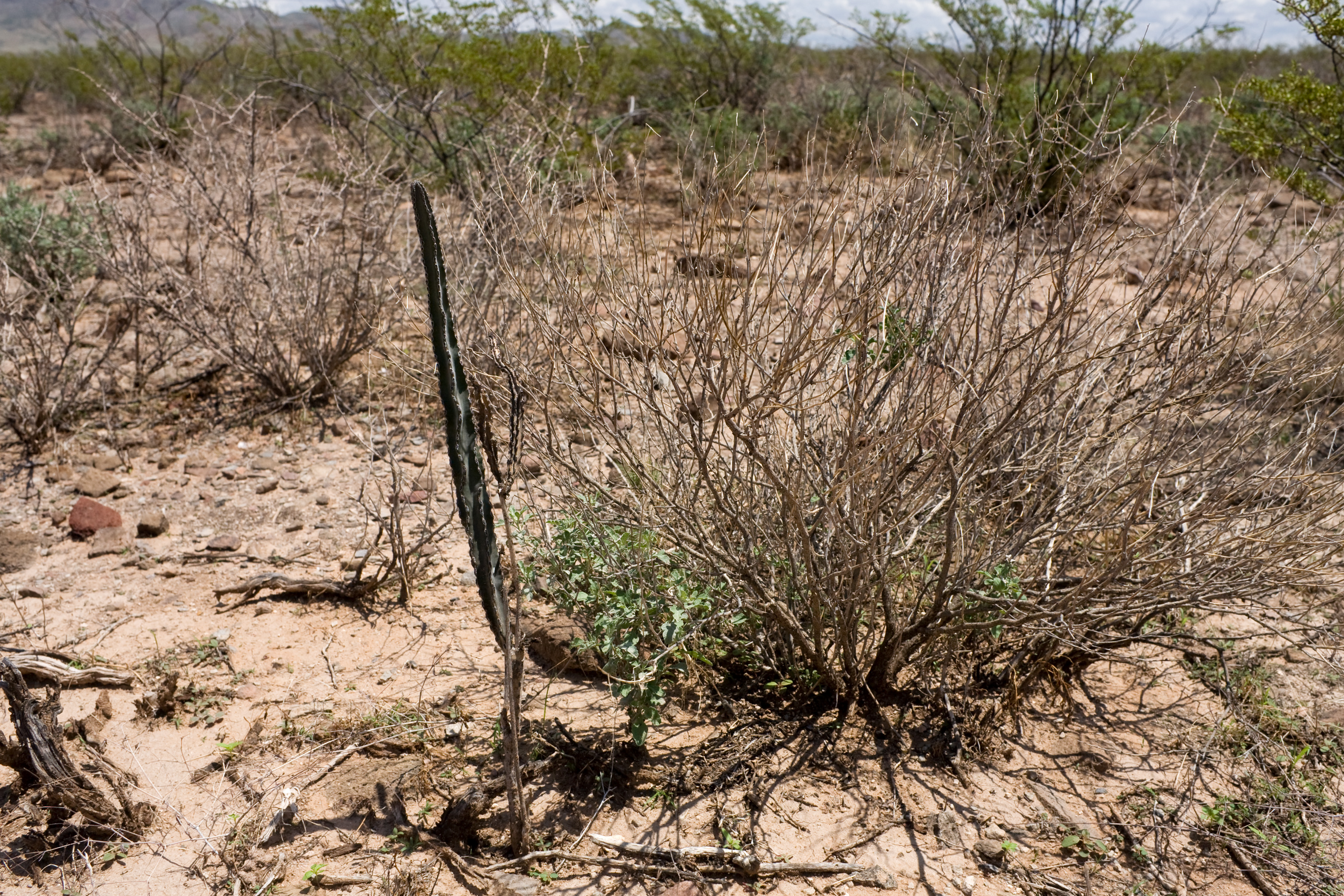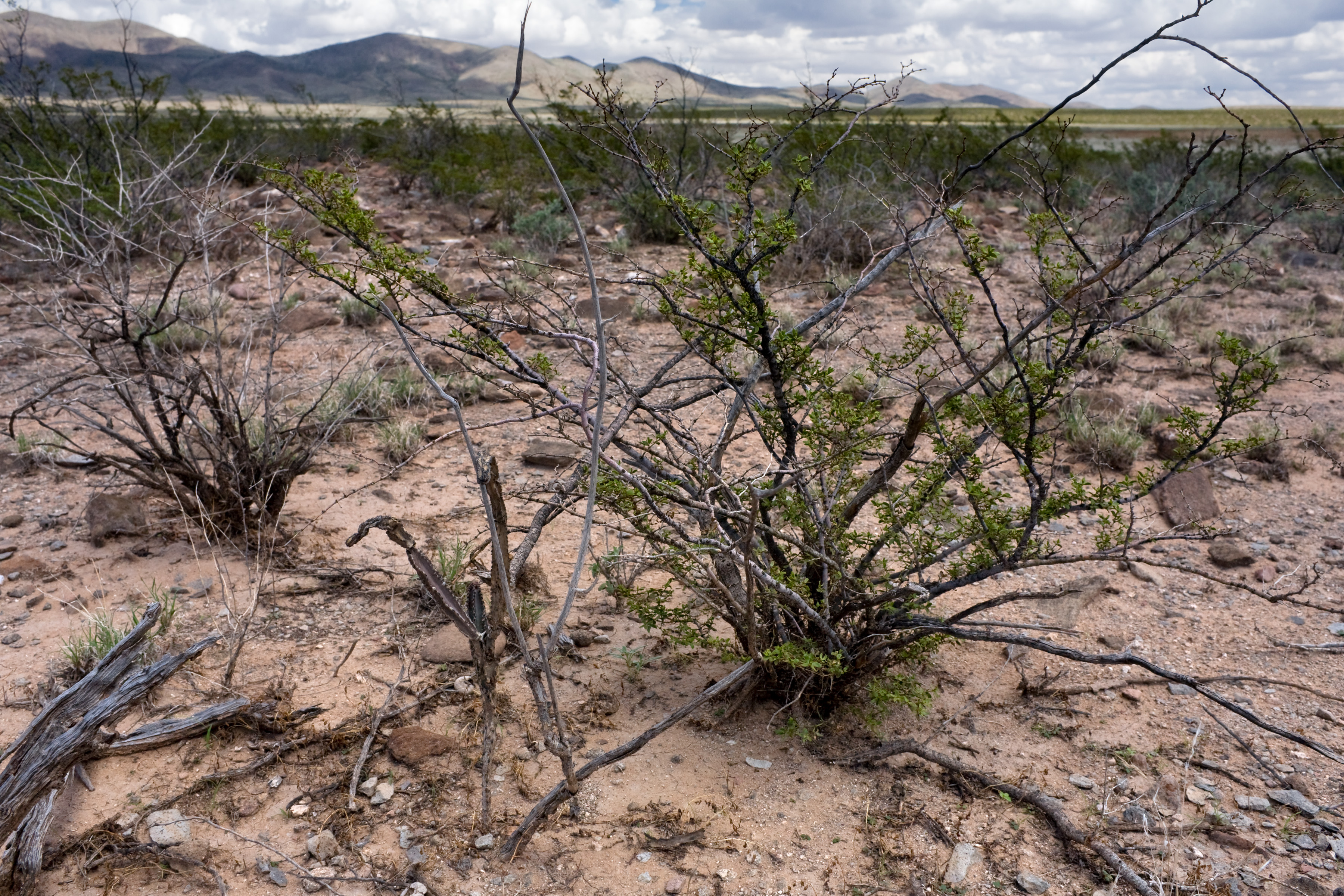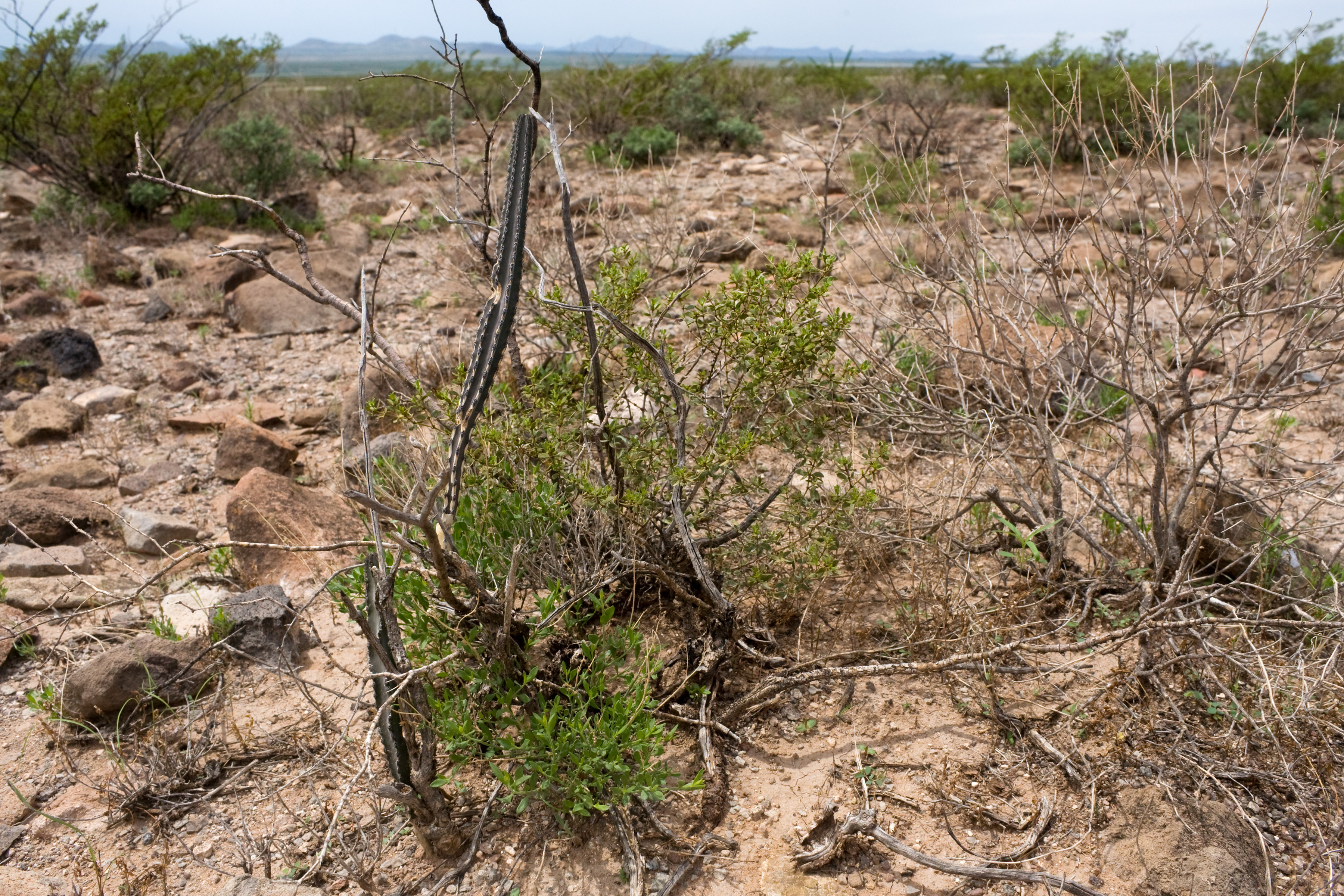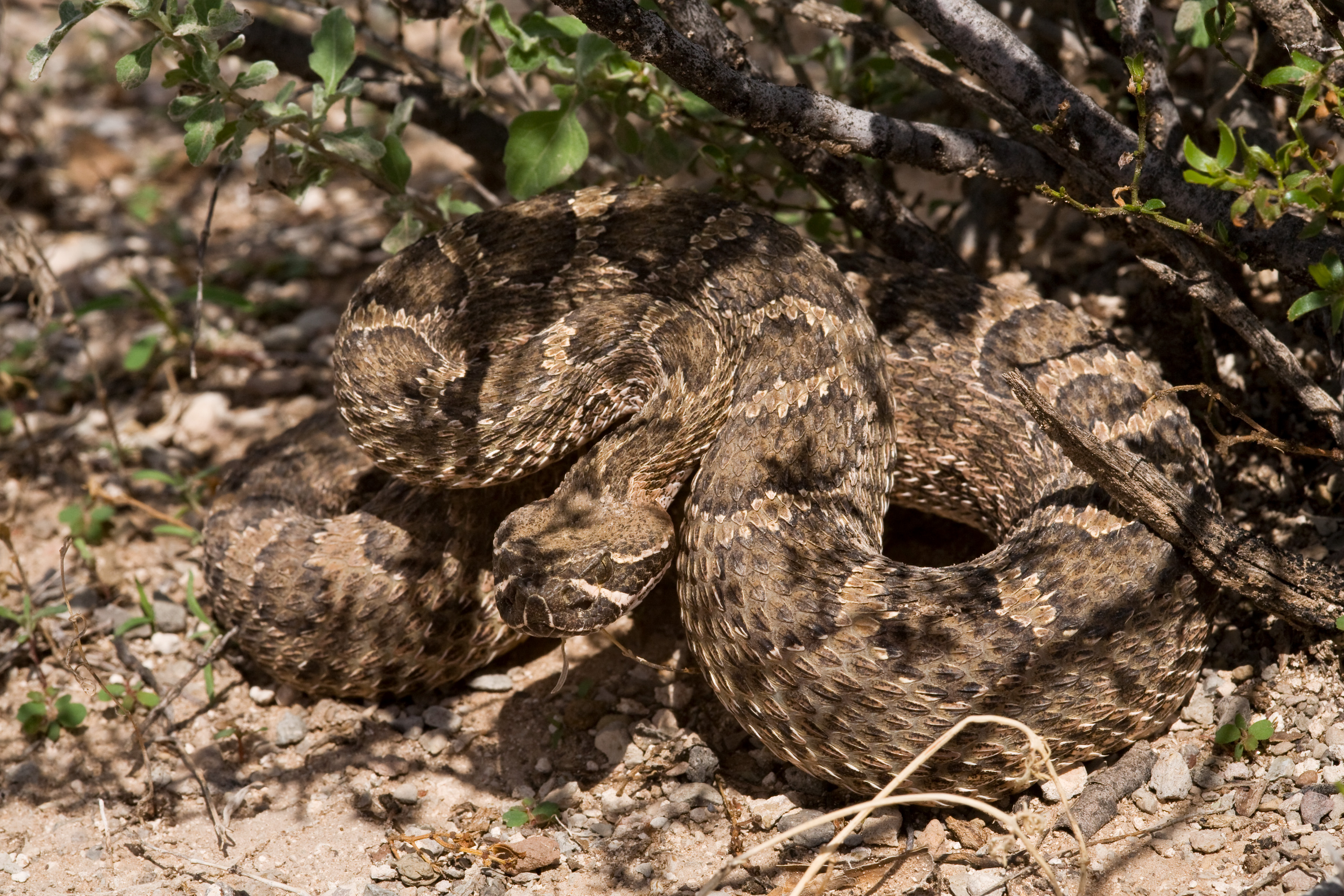Our time in Idaho is winding down and Alexi and I are scrambling to finish up our projects and to go on as many adventures possible before we have to leave this beautiful area. The last several weeks of our internship has been focused on digitizing riparian photo monitoring sites and then checking them in the field. We also have been doing a lot of bat monitoring. After we finished the cave surveys searching for maternity roosts, we started doing acoustic surveys using a program called AnaBat to monitor the presence of bats.
We’ve set up passive stations and have also conducted driving transects. AnaBat reads the frequency of noise that the microphone picks up and graphs it on a PDA attached to it. Each bat species has a distinct call with different shapes and different minimum frequencies. Some of their calls can be really similar, so it has been a challenge differentiating each species. But it has been a lot of fun seeing how many bats are actually all around us and also uplifting to see that their populations out west are still doing okay.

Silver-haired bat calls occur between 25 and 30k and have distinctive hook at the bottom. There’s also a little brown bat call at 40k
Last week we had the opportunity to attend the First Annual Eastern Idaho Bat Bio Blitz at the Sand Creek Wildlife Management Area, a tranquil area dotted with ponds. This was an awesome opportunity because we were mist netting bats and got to see them up close. I had the opportunity to do this last winter, when I was in the Chiricahuas, and was very excited to do it again. We set up the mist nets right in the water and had to wear waders to get them in place.
We had a lighting storm come through and we all had to jump in the trucks to wait it out, but as soon as that was over all the bats came out to feed. We only caught little brown bats (Myotis lucifugus), but it was still very exciting.
This past Labor Day Weekend was one of the most exciting weekends we’ve had so far in Idaho. For me it started out on Friday night with an outdoor concert with The Head and the Heart in Sun Valley. This was only my second concert of the summer (last summer I went to six), so I was pretty stoked. The next morning I met up with fellow CLM interns Alexi and Emily and some other BLM friends in Stanley, Idaho and began a day of hot spring adventures. We started out at this hot spring called Boat Box that is literally right on the side of Highway 75. The hot water feeds out of a pipe into a metal tub and then into other surrounding pools along the Salmon River.
We lingered there for a while and then made our way to the secret Goldbug Hotsprings outside Salmon, Idaho. Alexi told me about Goldbug at the beginning of our internship and ever since then I’ve been dying to go. To get to Goldbug you have to hike up about three miles through private property and then BLM land. On our way up we noticed a plume of smoke on top of the mountain. Then we saw a helitack crew with buckets flying toward the mountain and witnessed them putting out the fire.
Once we reached Goldbug I was not disappointed. There were about 20 different pools at various levels with waterfalls flowing into them. It was hard to believe this place naturally existed- it felt like a waterpark. The pools were all at varying temperatures and we hopped from one to another.
We met some interesting people while we were there, including two unabashed naked men who insisted on talking to us for a while. We stayed at Goldbug for a couple hours before driving down towards Mackay, Idaho to camp at the base of Mount Borah, the tallest mountain in Idaho.
The next morning we woke up to snow on the mountains and clouds hovering above us. We got up a little later than we intended because none of us slept well that night. This actually proved to be advantageous to us because in the morning clouds covered the top of Borah, obscuring the views. We met up with Jonathan, a fellow CLM intern and started hiking around 8:30am. The trail is only 3.5 miles up to the peak, but you ascend 5,262 vertical feet, which makes for a nice strenuous hike. As we got closer to the top there was a lot of Class 3 scrambling over loose rocks. The most difficult section is aa Class 4 arête (a thin ridge of rock) infamously known as “Chickenout Ridge”, since a lot of people will turn once they see it. Luckily we were with someone who has done the hike four times already and he knew exactly how to go. We actually ended up staying at that place for 45 minutes as our friend helped about 20 people get through that area.
We ended up making a lot of friends and we all reached the summit at about the same time. The clouds had cleared away and the wind stopped making for perfect summit conditions. We all basked in the sun, shared some honey whiskey, and took a giant group picture. We were the tallest people in Idaho that day and we were having a great time.
Until next time,
Avery
Shoshone BLM Office














